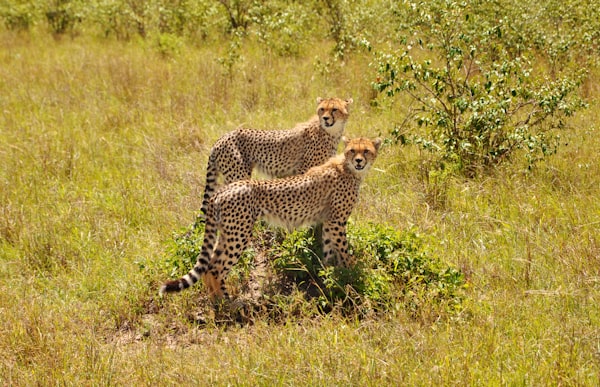Tectonic Plates

Earth's outermost layer (the lithosphere) is broken up into big pieces called tectonic plates. These plates move around very slowly over the asthenosphere, a layer of softer rock under the plates. On average, tectonic plates move a few centimeters a year.
The place where two plates meet is called a plate boundary. There are three main types of boundaries:
- When two plates are moving apart, divergent boundaries occur. Along these lines, there are often valleys and hills at the bottom of the ocean. One example of this is the Mariana Trench. When the plates diverge, magma rushes to the surface and cools, forming a new crust.
- Convergent boundaries happen when two plates move toward each other. Mountains and gullies form along these boundaries. An example of this is the Himalaya Mountains. These mountains continue to grow as the heavier Indian Plate steadily moves under the lighter and younger Eurasian Plate.
- When two plates are moving past each other, transform boundaries occur. Along these boundaries, earthquakes happen due to the movement and friction. This is why so many earthquakes happen near the San Andreas Fault line; it is the border between two tectonic plates.




